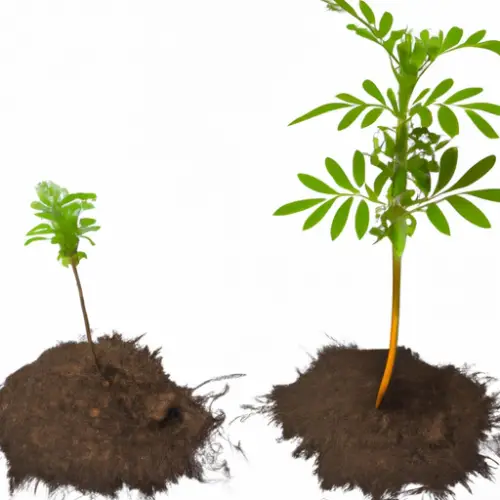Terms of growth and development are somehow used and understood in the same way. But this is not the case, because both are amazingly different way longer than your imagination. Either you are a student, housewife, and working human, a proper understanding of growth and development can assist you in numerous ways. To have a better understanding of growth and development we need to learn how both terms are different from one another.
So What is the Difference between growth and development?
1. Growth can be measured in size and physique
Growth refers to the physical aspects, which include an increase in size, weight, length, muscles, etc. When it comes to functioning, growth is mainly associated with quantitative development. In addition to this, growth is always tangible that can be seen and measured easily. If your child gains 2.5kg weight in one month, then this increase in your child’s weight is growth. In contrast, development is a wide term compared to growth as it calculates the improvement in all aspects of human life, either physical, social, emotional, moral, and even cognitive. Development does not refer to quantitative aspects only; it can be quantitative, qualitative, tangible, and intangible at the same time.
2. Growth is not a continuous process
Growth always ends when it reaches its saturation point. As mentioned above, growth is an increase in the physique. Hence, growth stops when a human gets younger with time. This can be measured best with living beings. Living beings obtain a particular height and length, and that process ends when they grow up. Therefore, it is said that growth stops when maturity is achieved. In contrast, development is a continuous process that goes on throughout life until death. It can be in the form of skills, IQ level, knowledge, and communication. Though at some point, we stop growing further, we keep learning new skills, increasing knowledge, and improving communication abilities just because they belong to our development.
3. Growth means getting bigger
Growth brings changes in physical shapes and size, due to which things get bigger in size and volume. This is because growth is mainly related to the external growth of living beings. It features to bring changes in size and physique only. In contrast, development is mainly related to internal progress in living beings, and it can’t be seen anywhere except through comprehensive evolution and observation using numerous testing methods.
4. Growth can either be positive or negative
Growth can obtain both aspects of human nature, whether its positive aspects or negative. To understand it, we need to know the process of growth. The process of growth merely depends upon two factors, time and environment. Let me clear it with an example of a child. If he is born in an environment of terror and fears, his/her mental growth will be affected, and that effect can last even when his growth stops. However, when it comes to development, it is always positive. If it is not positive, then it cannot be considered as development.
5. Growth can be measured accurately
Growth is a tangible means of changes that can be seen; hence, growth is measurable. For instance, you can measure weight, height, and length as these are physical changes. On the other hand, development can’t be measured as it can be characterized in skills, IQ, and the knowledge that is observable but not measurable.
6. Growth is quantitative
Growth is mainly taken in the quantitative aspect, involving the increase in size or number. In contrast to growth, development is taken in the qualitative frame, pointing towards the overall maturity and the behavior of an organism.
It is evident that growth and development are different in a broader sense, but most people understand growth and development interchangeably due to the lack of proper awareness. When it comes to professionalism, growth and development need to be differentiated for the proper functioning of social, political, and economic institutions.

